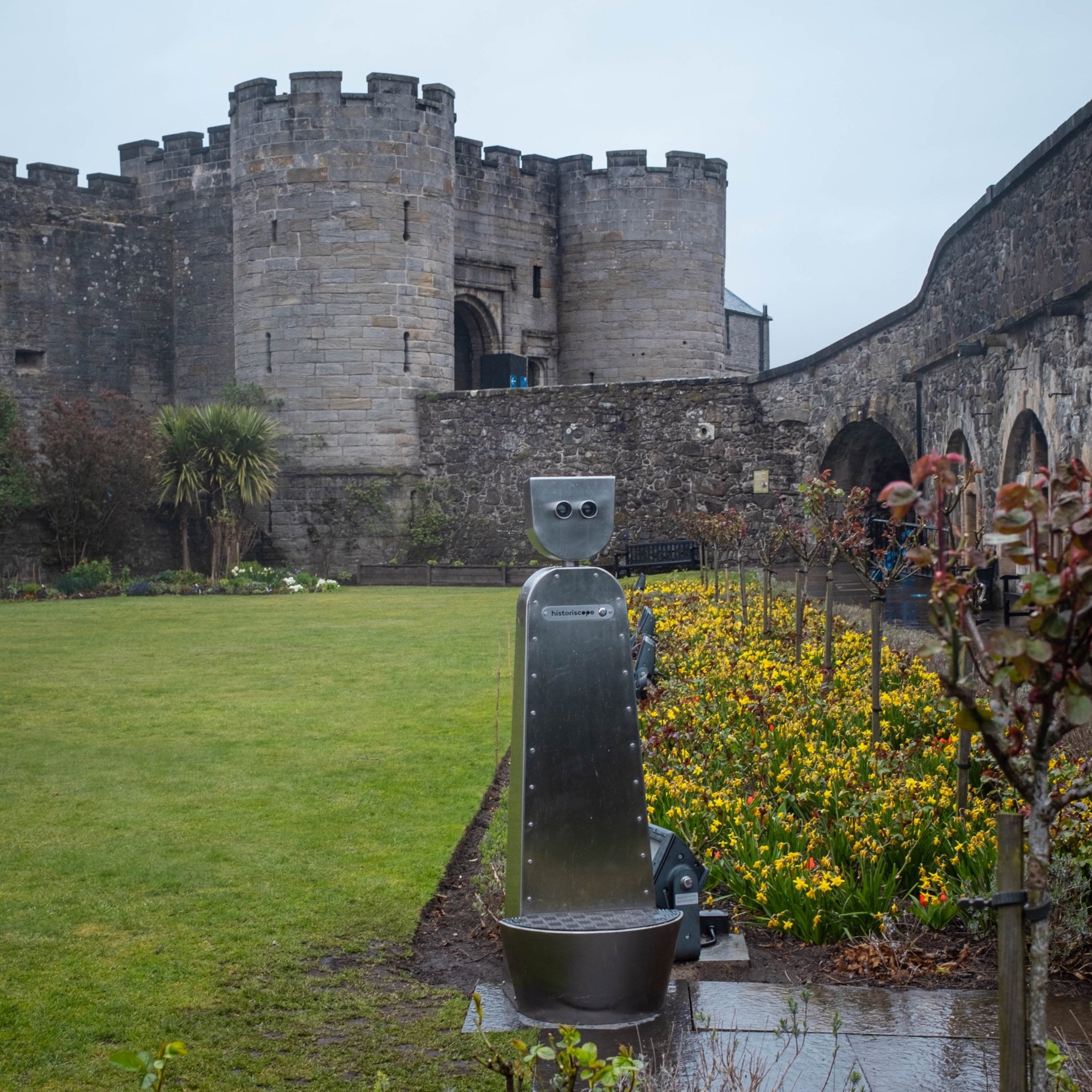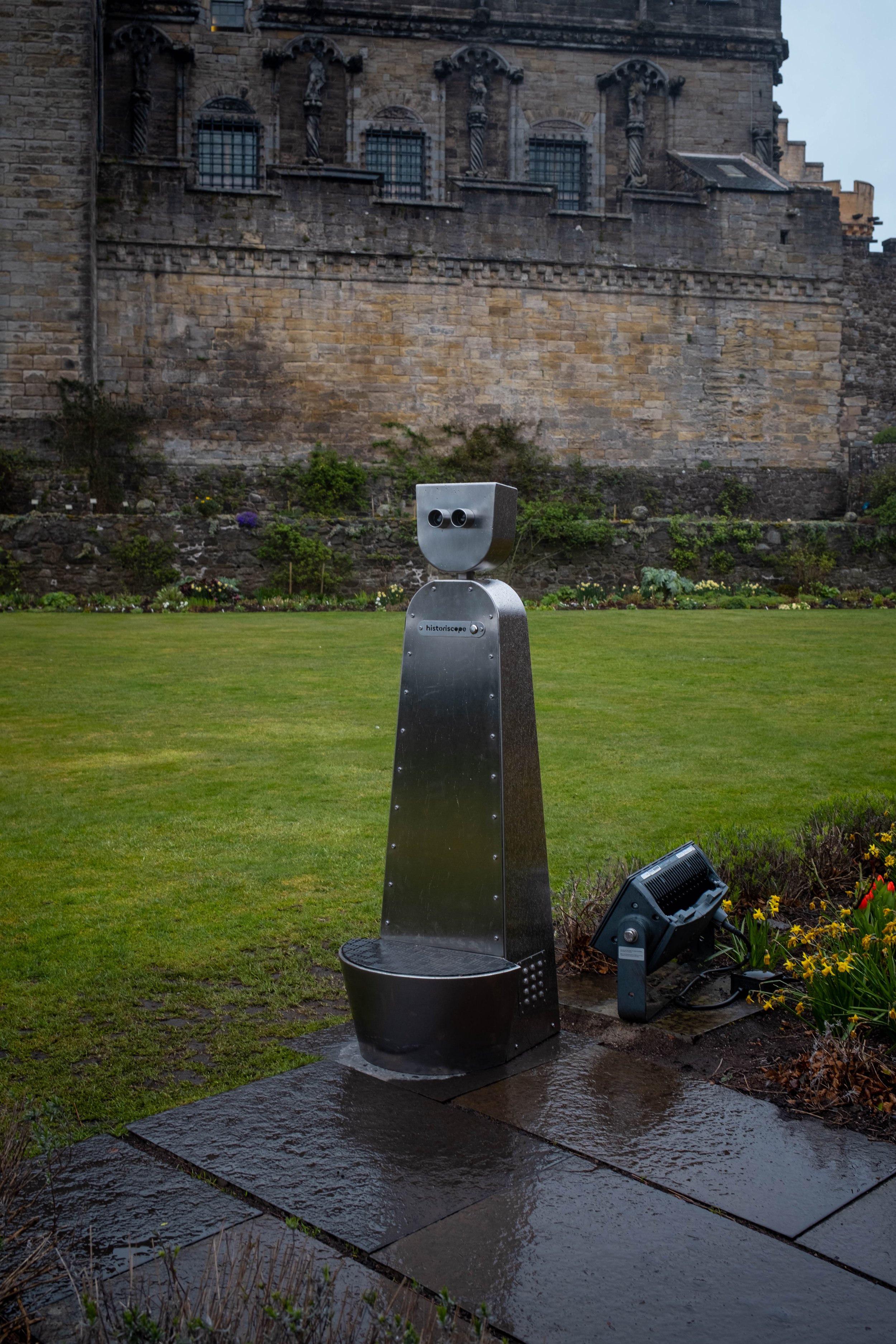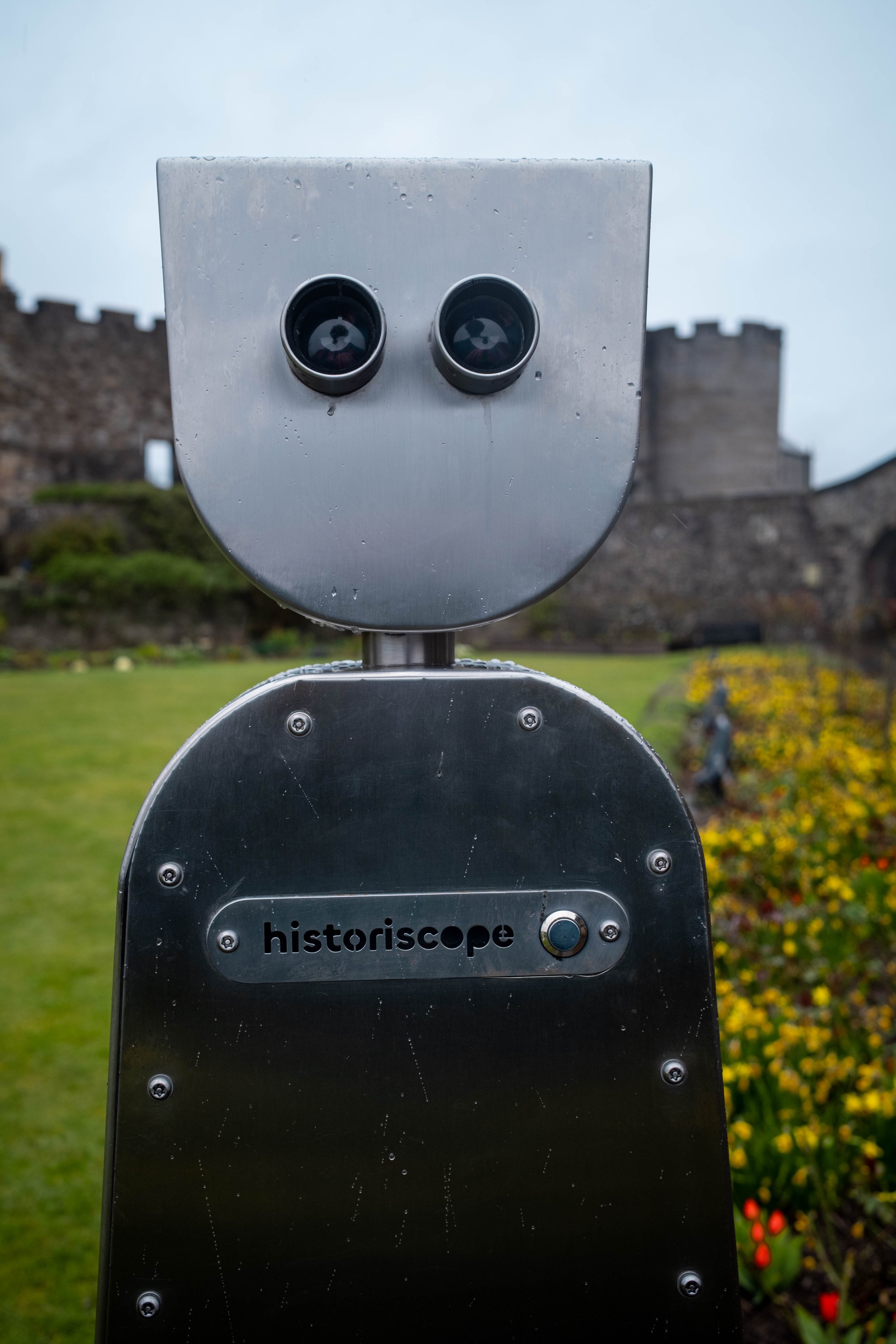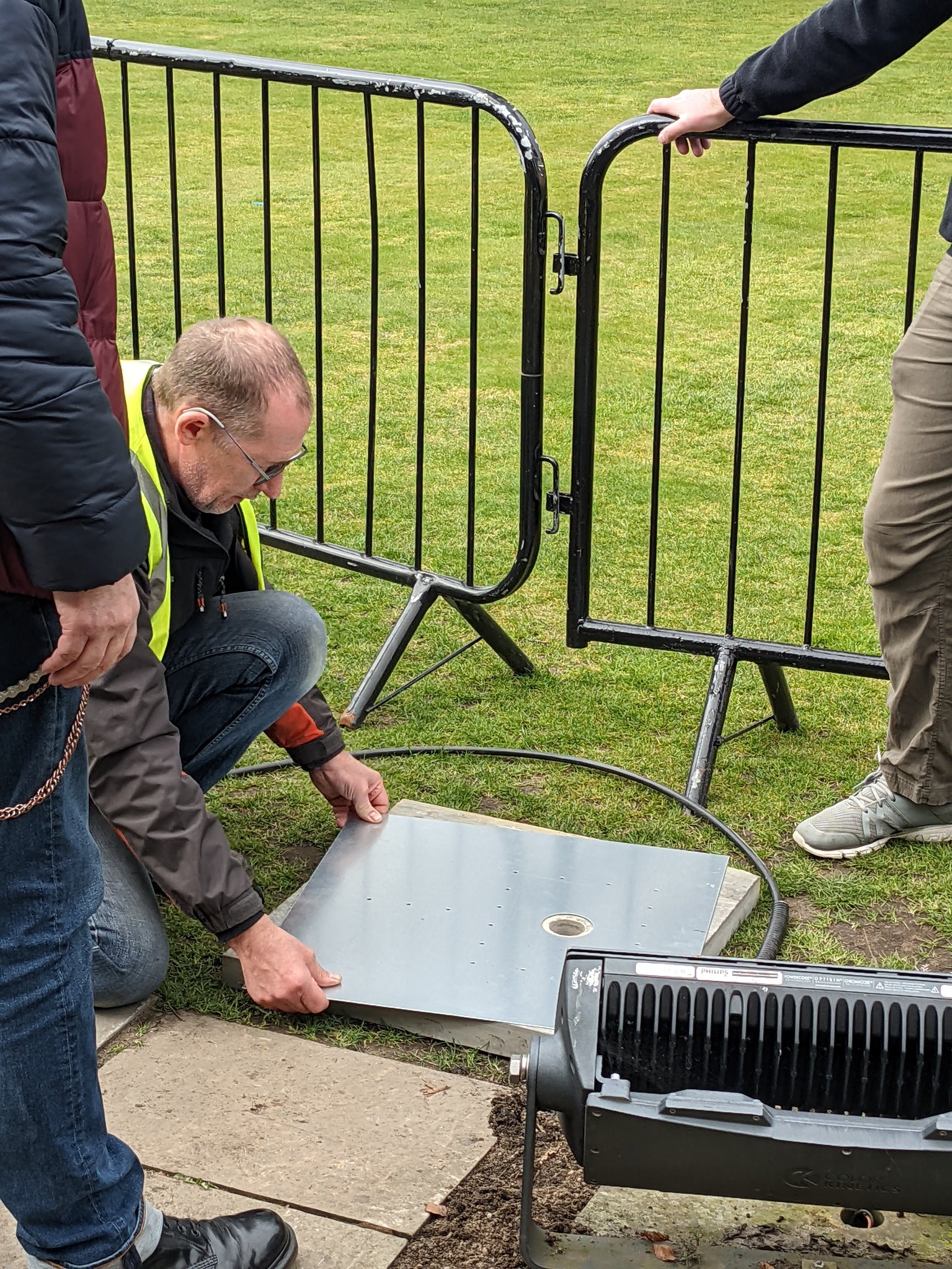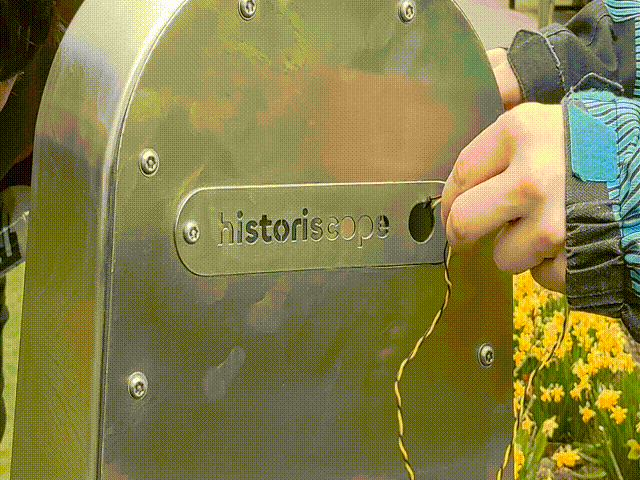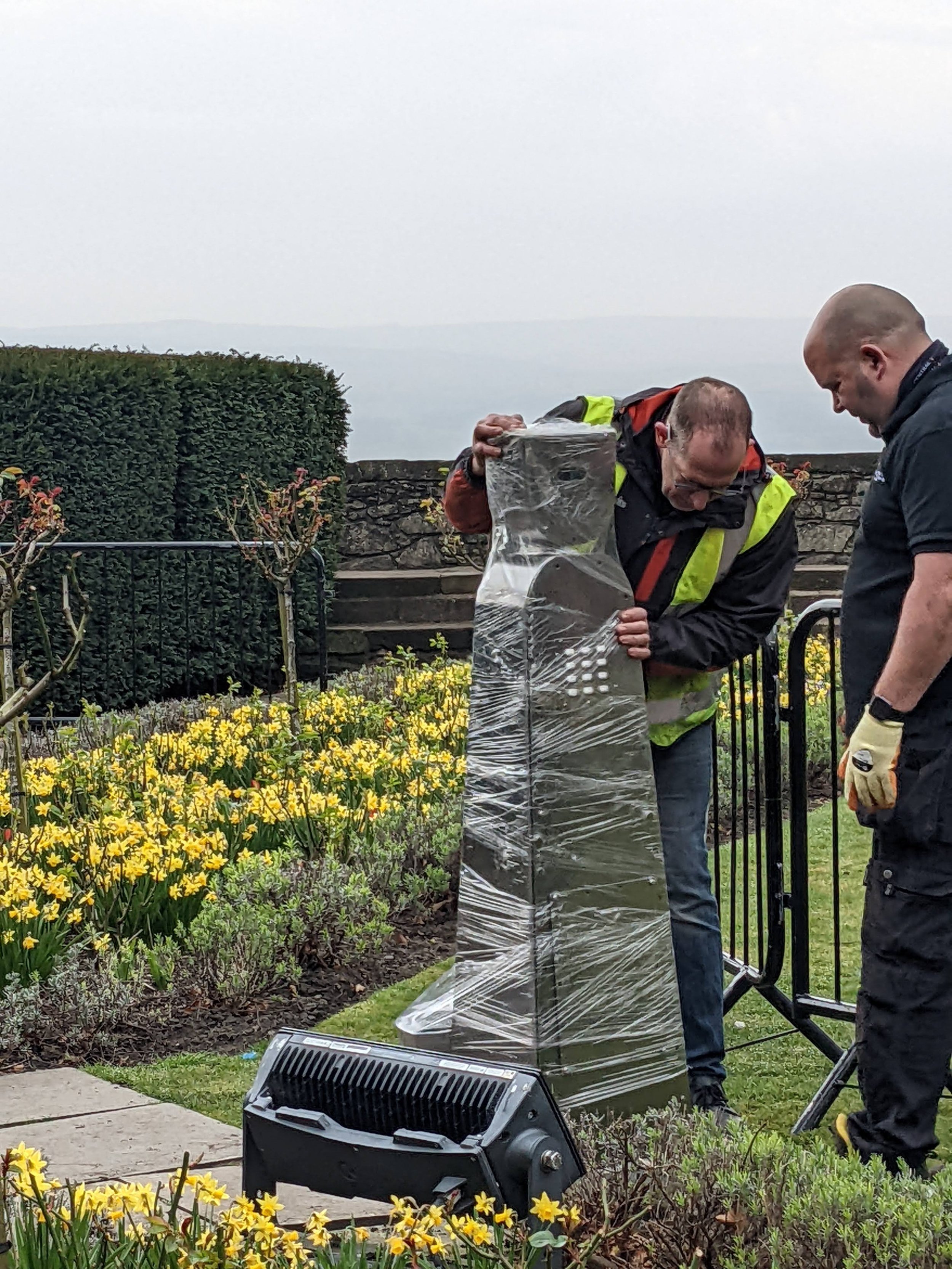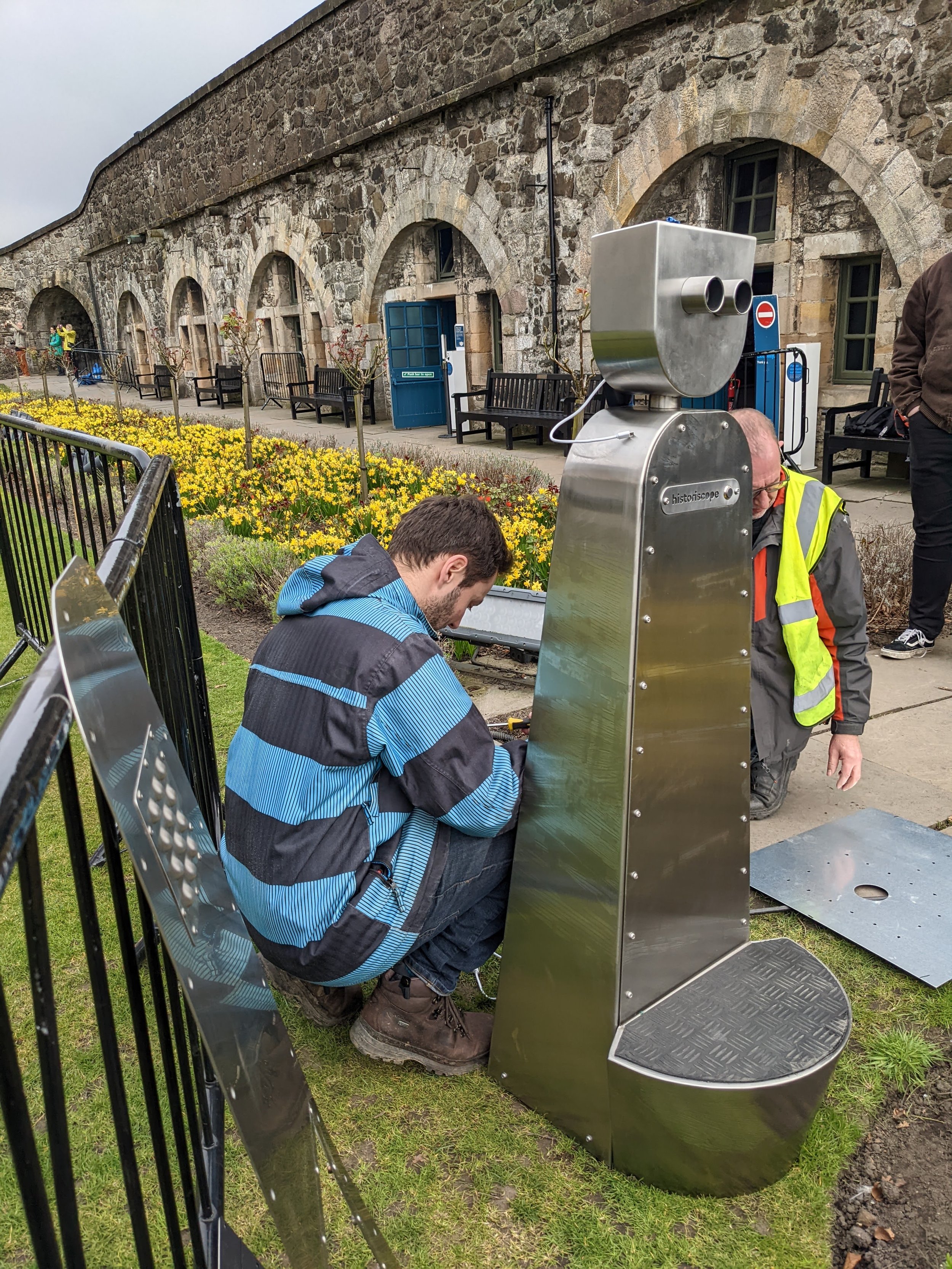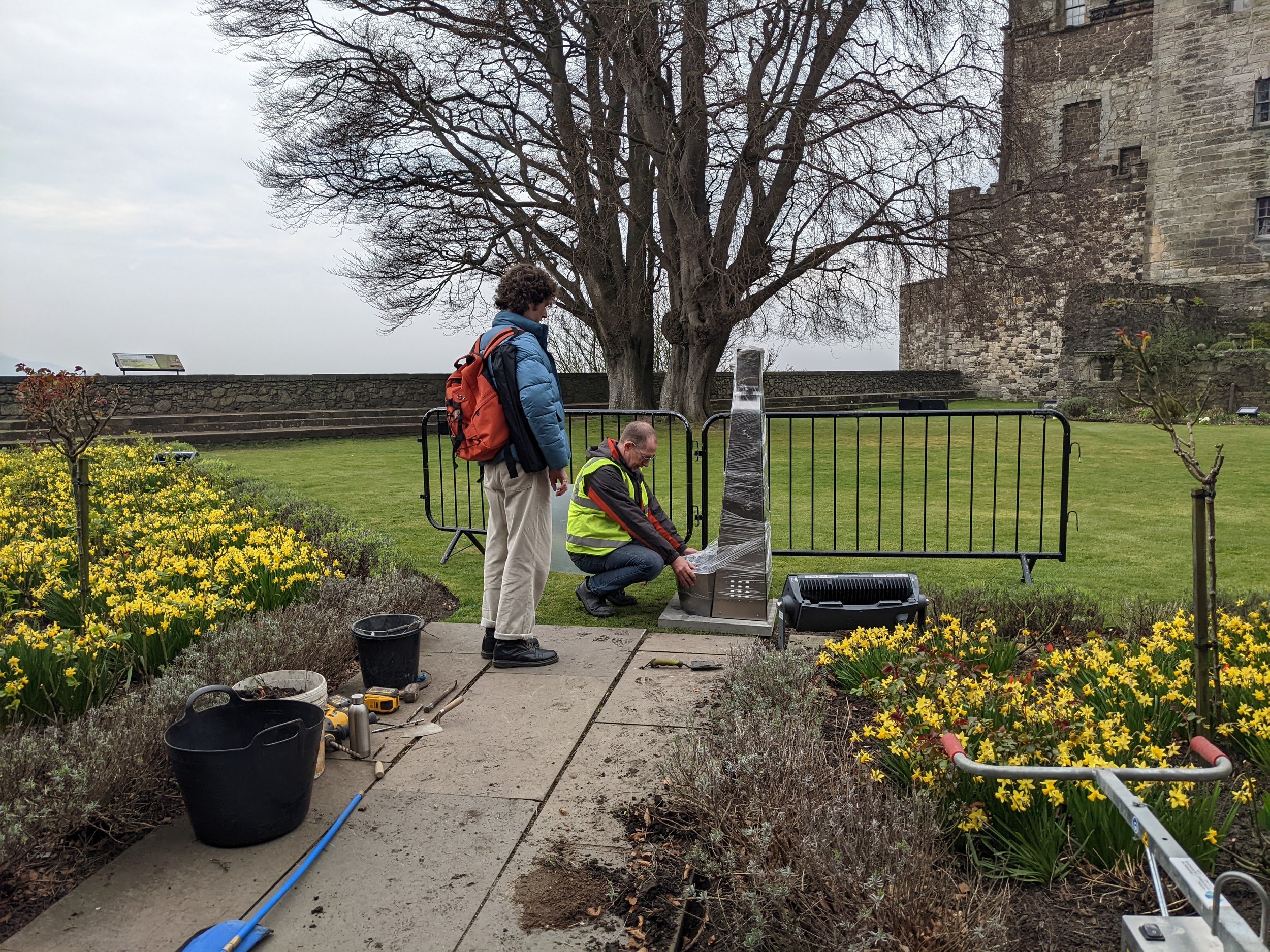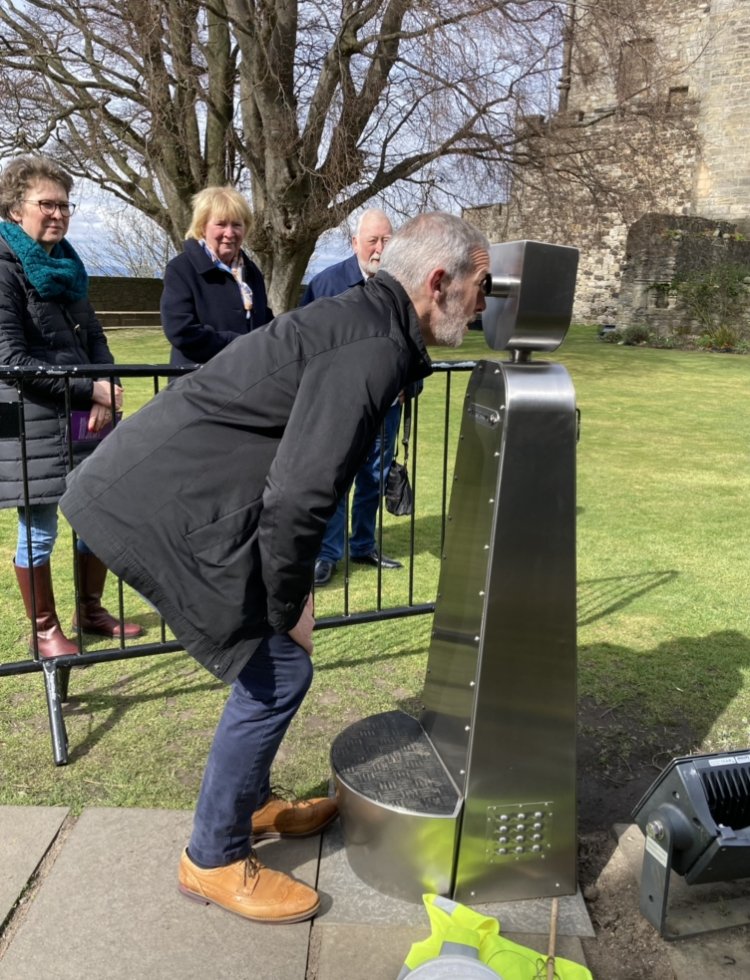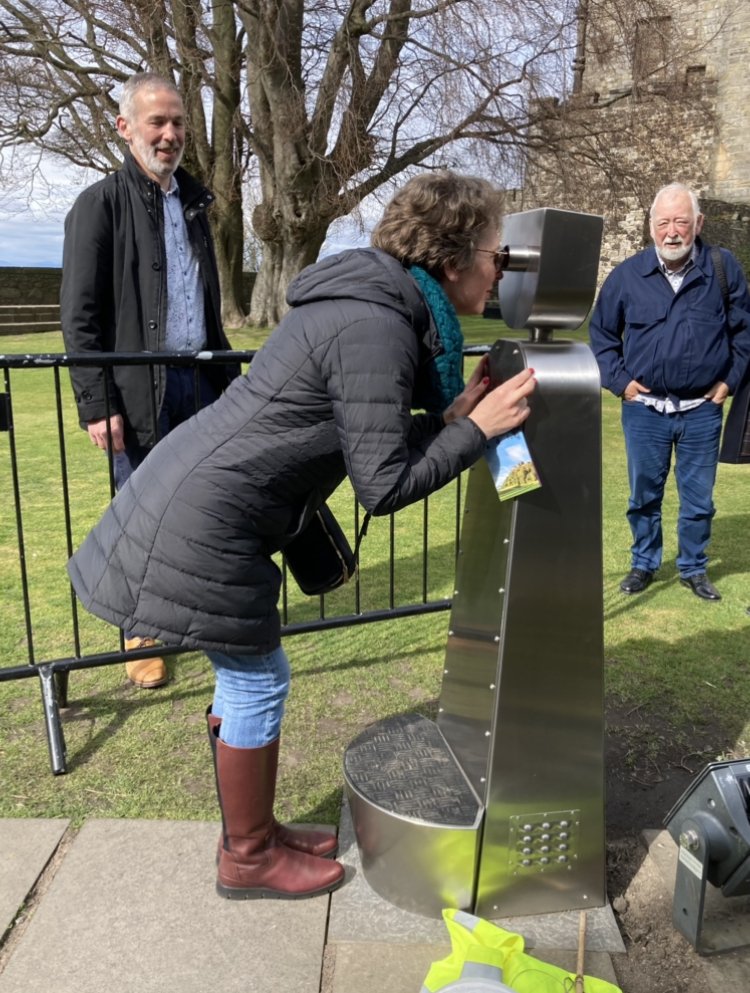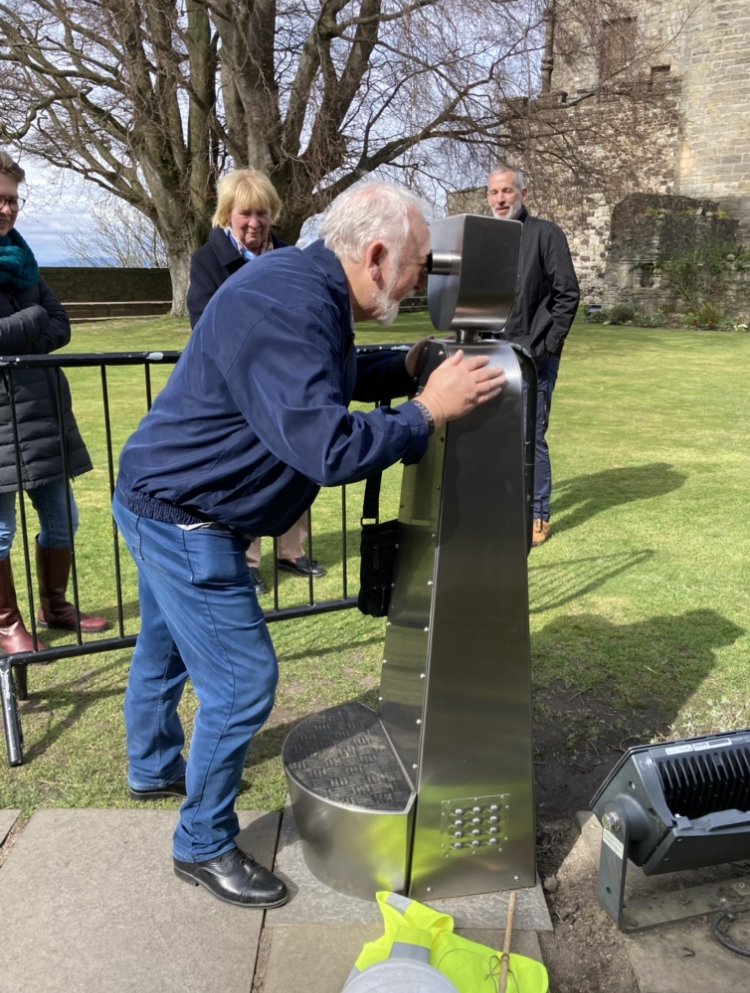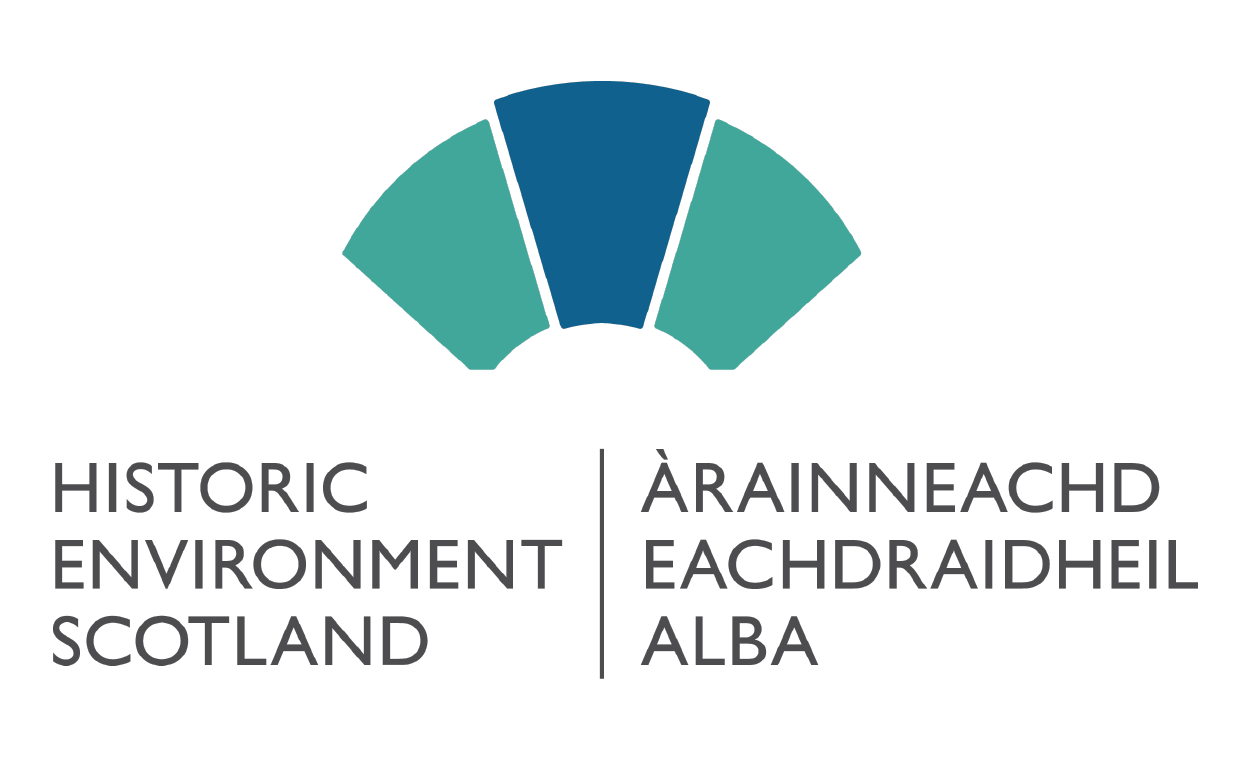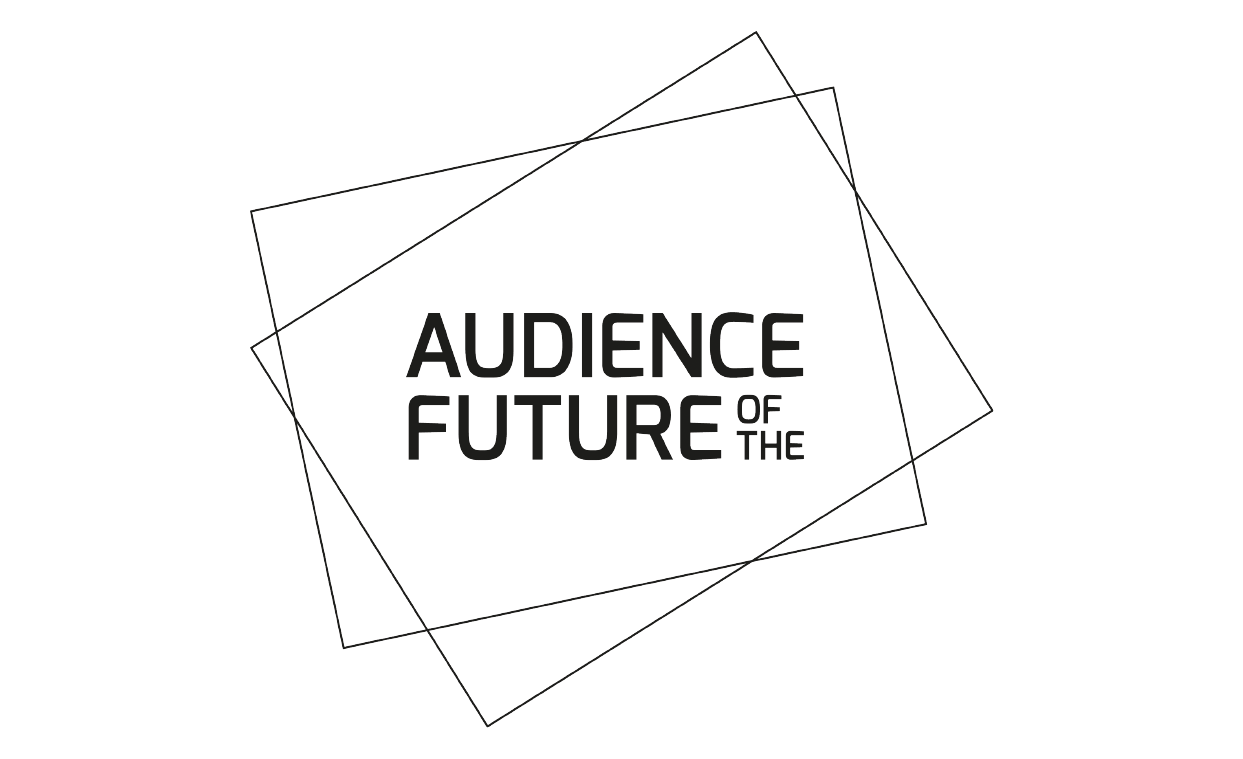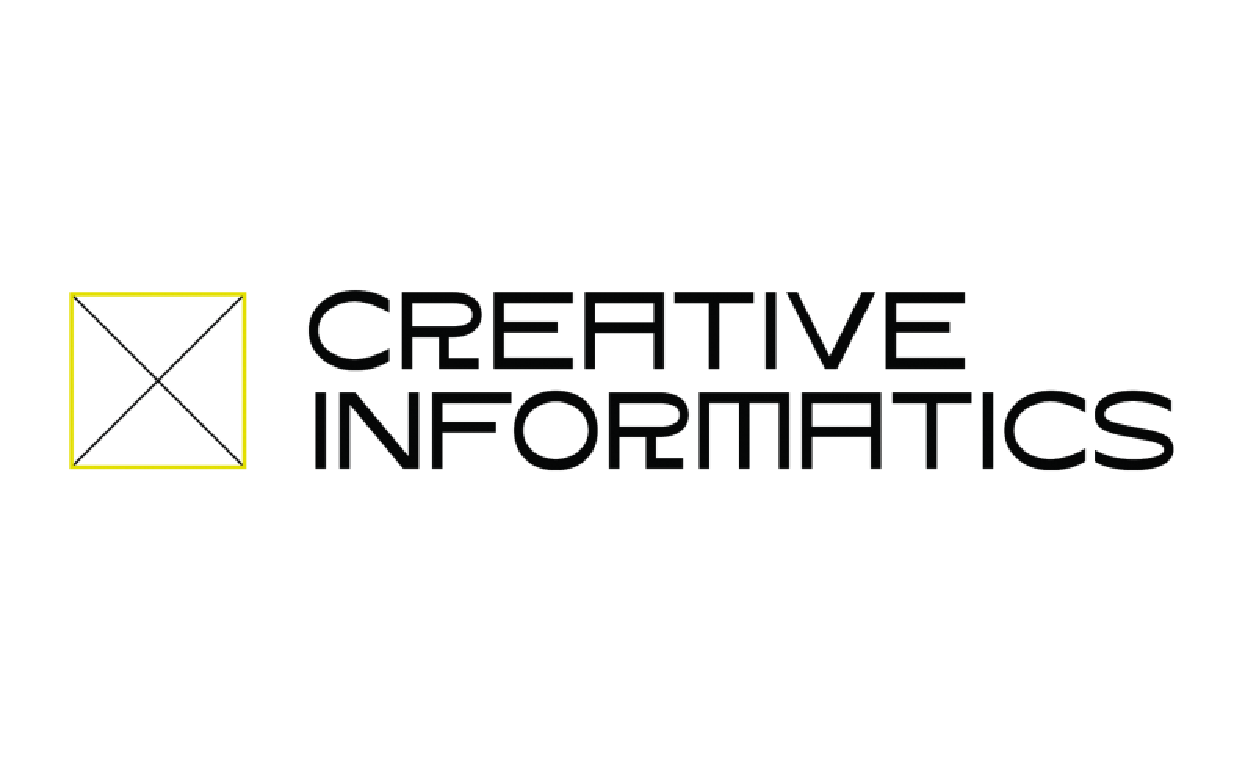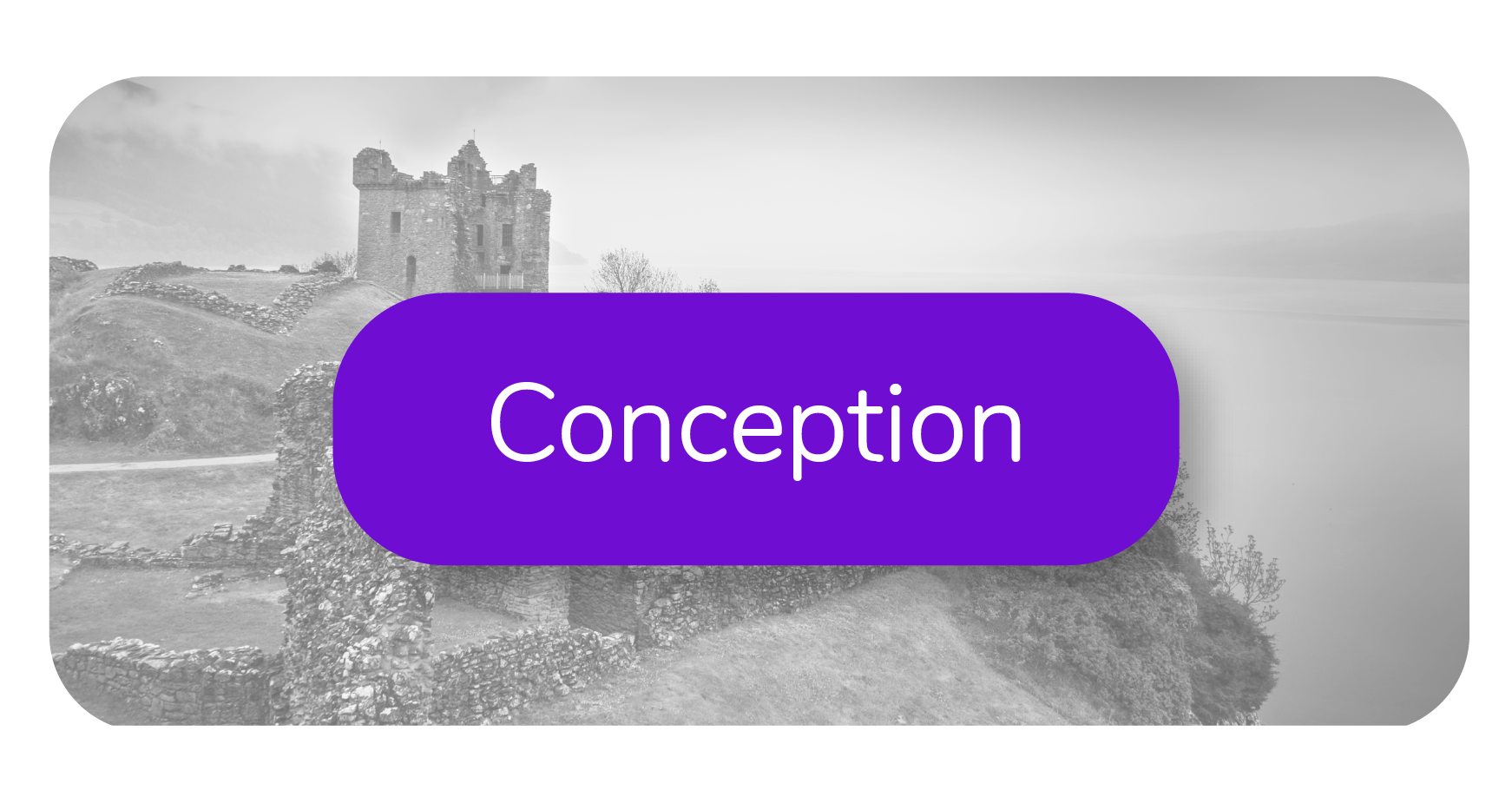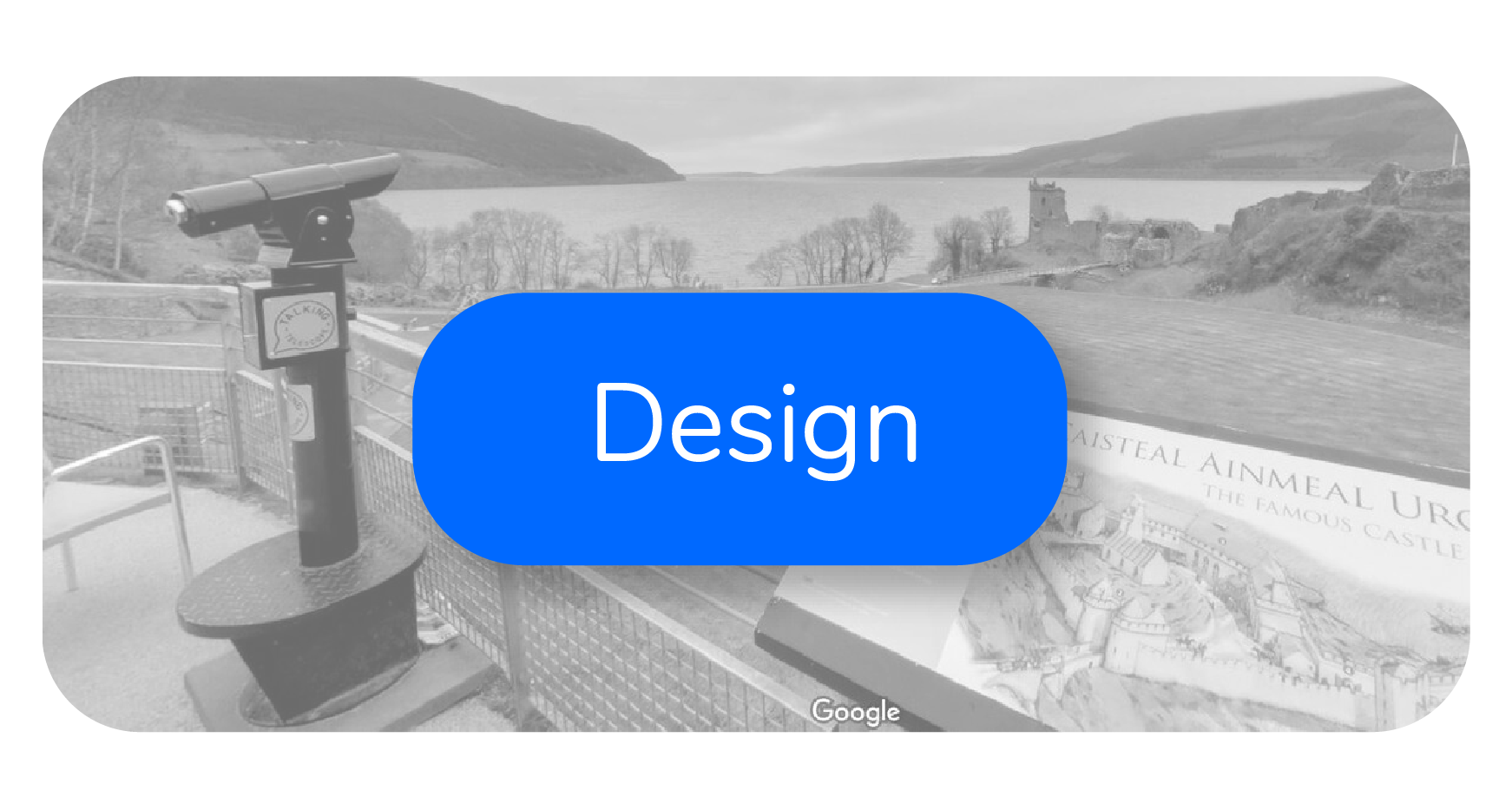SENSEcity celebrates the successful delivery of Historiscope Prototype at Stirling Castle
The 31st of March 2022 marked a milestone for SENSEcity in the development of Historiscope, an Augmented Reality viewing scope for heritage sites. In November 2021, SENSEcity was awarded UK Research and Innovation (UKRI) funding as part of the Audience of the Future challenge with matched funding from Historic Environment Scotland. This saw us progress from our previous Creative Informatics funded pilot project at Urquhart Castle, to the second most visited in Scotland, which was Stirling Castle. On the 31st of March, this concluded the installation of Historiscope after 3 months of design and development at the Queen Anne Gardens in the grounds of Stirling Castle which is now open for the public to experience.
Team at Stirling Castle in November 2021 before Historiscope was installed.
Team at Stirling Castle in March 2022 after Historiscope was installed.
BACKGROUND TO THE HISTORISCOPE PROJECT
SENSEcity has been developing Historiscope in collaboration with Historic Environment Scotland since 2020 with the support of Creative Informatics and UKRI. The idea is to offer a new product that would allow for visitors to engage more directly with a monument from a precise outdoor viewpoint, by delivering a range of content including historical and archaeological reconstructed inaccessible views. The project is live at Stirling Castle till June 2022.
The first fully operational Historiscope installed at Stirling Castle
Mission for Historiscope
Historiscope sits at the intersection of art, technology and history. Historiscope allows for a new form of visual storytelling to be experienced in the cultural heritage and tourism sectors. Reminding the user of a coin operated binocular, the aim is to reveal more than meets the eye. It projects the historic structures by leveraging the augmented reality technology while establishing a need for accessibility and synergy with the surrounding environment. The project at Stirling Castle marks the birth of this new tool that allows for deeper and meaningful connections between people and history in this digital and immersive age.
Historical Narrative
HES and SENSEcity’s vision at Stirling was to capture a crucial moment in Scottish history. Presenting a snapshot of time, where can be seen the late Mary Queen of Scots and her concourse as they ride out to join a grand pageant on route for the baptism of her son, who will be later known as King James the 1st of the United Kingdom. This snapshot in time allowed for us to pull into the present the original renaissance style architecture of the castle, built by Mary’s grandfather and show how past historic figures interacted and perceived their built environment.
Whilst developing this plan we worked with a range of talented digital designers, 3D animators and developers who created a detailed recreation of the events that took place under strict Heritage consultation and reimagined the lost architecture of the castle. Furthermore, incorporating a varied soundscape of auditory details to compliment the visual display making up the medieval landscape.
Digital Reconstruction of the Forework towers at Stirling Castle which forms a part of the AR experience
Digital Reconstruction of Mary, Queen of Scots
Hardware Development: Our journey from a lab to the field
Utilising a holistic approach, our product design team iterated on the previous version of the Historiscope at Urquhart Castle by taking on feedback and designing for the end user and environment. Initial feedback from the previous version led to lowering the current Historiscope and incorporating a step, as to create curiosity and invite the user to wonder what the product is, and explore the interaction between the space and the Historiscope. The intention of adding the step was to extend an invite to children of ages 12+ to experience Historiscope and engage with Scottish history in an interactive format. The proposed step during the ideation phase went through several rounds of iterations to determine the optimal size and shape for the user without compromising comfort.
The biggest difference between the proof of concept at Urquhart and the prototype at Stirling was the introduction of a more complex internal hardware structure. One of the biggest challenges with the proof of concept was overheating and maintaining a cohesive picture for the user. To tackle this problem the current iteration uses separate components controlled by a central computer unit. This allowed SENSEcity to improve not only the quality of the experience but increase longevity and maintain a cohesive experience for the end user.
Construction of the Historiscope was completed by Neptune Fabrications along with using modern manufacturing techniques such as 3D printing to create a cohesive unit with usability and manufacturability at the forefront of the design.
Installation of the Historiscope required the attendance of all parties at Stirling Castle during the week starting the 28th March 2022, in which Neptune fabrications delivered the final housing to the location. Following this Orvio wired up the internal components, allowing Digital Jalebi to install the necessary software, completing the installation and allowing users to experience the Historiscope.
Software Development
To create a full immersive experience for the user a custom software was developed by Digital Jalebi, in which it combined real time footage and animation to create an augmented reality experience. This experience allows the user to feel like they are living a part of history through the eyes of someone who may have been there at that point in time, creating a stronger connection between the space and a deeper understanding of the history.
What our users said
Next Steps
Following the success of the Historiscope at Stirling Castle we aim to iterate on feedback gathered from the three month lifecycle with the support of Creative Informatics Resident Entrepreneur Programme. This feedback will be used to improve the Historiscope with the goal to commercialise and to expand to locations throughout the country.
Project Core Team
Project Lead: Pooja Katara
Heritage Consultant & Project Management: Tiomoid Foley
Product Designer: Daniel Blake
Main Collaborators
Location facilitation and consultation: Historic Enviroment Scotland
Fabrication: Neptune Fabrications
Electronics Consultation: Orvio
Software Development: Digital Jalebi
If you would like to enquire further about the Historiscope, contact us here.
About SENSEcity
SENSEcity is an Experience Design Studio based in Glasgow. We specialise in the development of Augmented Reality experiences for the cultural heritage and tourism sectors which enable users to explore our shared cities, venues, and Historic Sites. We create AR/MR enabled hardware and software products which bring those environments to life.
About UK Research and Innovation
Big challenges demand big thinkers - those who can unlock the answers and further our understanding of the important issues of our time. Our work encompasses everything from the physical, biological and social sciences, to innovation, engineering, medicine, the environment and the cultural impact of the arts and humanities. In all of these areas, our role is to bring together the people who can innovate and change the world for the better. We work with the government to invest over £8 billion a year in research and innovation by partnering with academia and industry to make the impossible, possible. Through the UK’s nine leading academic and industrial funding councils, we create knowledge with impact. To find out more about Audience of the Future Award, click here.
About Creative Informatics Challenge Projects
Creative Informatics is an ambitious research and development programme based in Edinburgh, which aims to bring the city’s world-class creative industries and tech sector together, providing funding and development opportunities that enable creative individuals and organisations to explore how data can be used to drive ground-breaking new products, businesses and experiences.
SENSEcity won the 2nd Round of the Creative Informatics Challenge Project where five organizations were selected to progress for funding for 5 separate Challenge Projects. You can find out more about Creative Informatics here.
ABOUT HISTORIC ENVIRONMENT SCOTLAND
Historic Environment Scotland is the lead public body set up to investigate, care for and promote Scotland’s historic environment. You can find out more about Historic Environment Scotland here.





